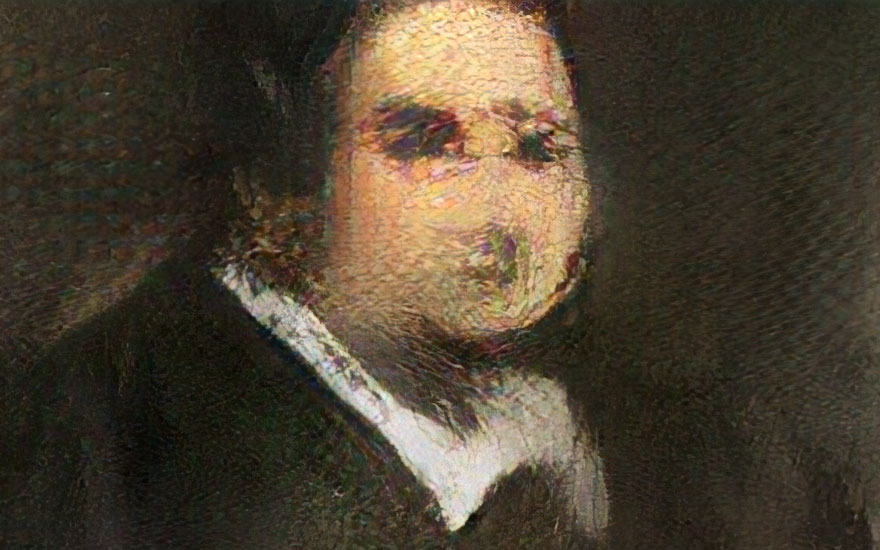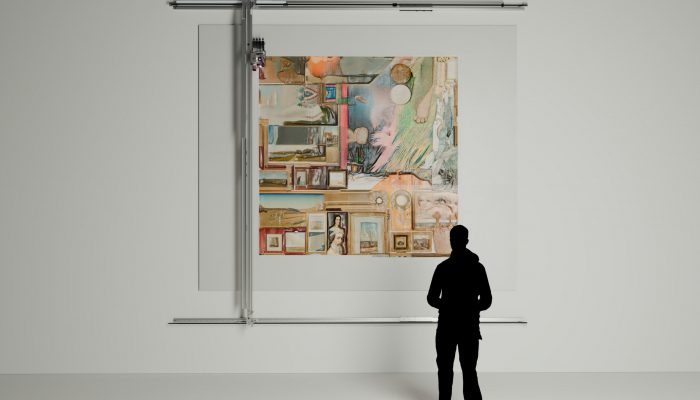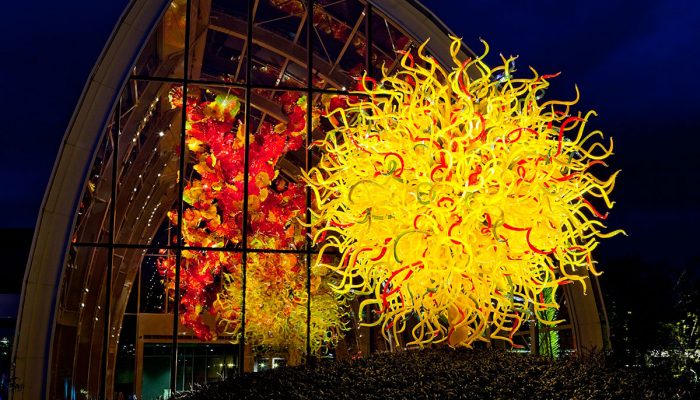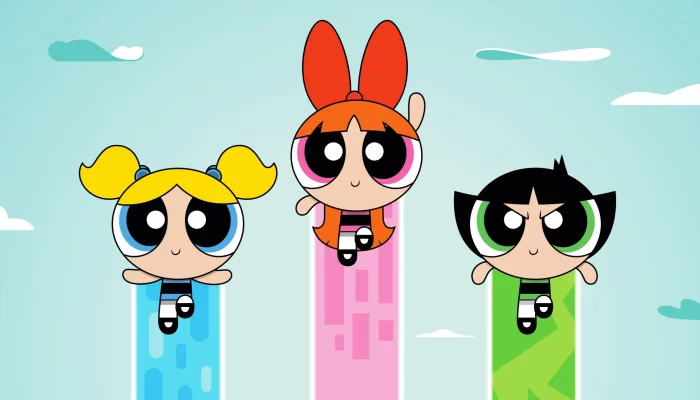Recently, the topic of Artificial Intelligence Artificial intelligence (AI) is getting hot-or is it hot? -talked about. Especially after it has penetrated the creative world such as illustration and writing. The latter is represented by the increasingly vigorous use of ChatGPT and has raised concerns among writers as a profession that could now potentially be replaced by AI or at least decrease their marketability.
Is the worry of artificial intelligence is it reasonable?
Actually, the issue of machines replacing human labor has been around for a long time. Starting from Industrial Revolution in the 17th century when the role of the human hand was slowly taken over by machines for the sake of output output higher and more efficient production.
And without us realizing it, the role of AI is also very prevalent in everyday life, from the use of Google Map road instructions to Netflix algorithms that suggest movies or television series according to viewing history.
The use of machines whose role is more to replace manual activities then rolls up to technology artificial intelligence. In 1973, artist Harold Cohen created the AARON program that was able to generate an image from a set of rules he had set.
Then in 2014, scientist Ian Goodfellow created an algorithm called generative adversarial networks (GAN) is now the prototype algorithmic system for most artificial intelligence in the creative arts. The GAN algorithm has two "personalities": one hunts for random images, which will then be filtered by the other personality to judge which image is more suitable for the input.

The art of painting has recently been touched by artificial intelligence. Recently, Christie's auction house successfully sold a painting that was purely produced by artificial intelligence. artificial intelligence for $432,500.
The painting titled Portrait of Edmond Belamy It was the brainchild of Parisian artist trio Hugo Caselles-Dupre, Pierre Fautrel, and Gauthier Vernier, who fed thousands of photos into an algorithm with the intention of creating works that absorbed the style and aesthetic of the photos.
It seems that some art practitioners are ready to accept the presence of AI in their world. Even a number of art festivals such as Leicester Art AI Festival has also taken on the theme of artworks that are a cross between art and artificial intelligence.
The use of artificial intelligence in the art world is certainly still debated today. Critics complain about the weaknesses of art created by artificial intelligence in terms of meaning, originality, creativity, and other crucial elements that can only come from the perspective, thoughts, and experiences of the human behind it.
Proponents of AI argue that, if used responsibly, it can aid the creative process, increase productivity, and explore innovations that can only come from collaboration between artists and technology.
Responsible use is an absolute must in any field. The fear of artificial intelligence replacing humans in the art profession is definitely something worth highlighting, which led Italy to become the first country to ban the use of ChatGPT.
However, it must be remembered that innovations have always occurred in the history of human life: typewriters were replaced by computers, telephones were replaced by computers. landline replaced by smartpohone, television series broadcasting was replaced by streaming, CDs are replaced by Spotify, manual design by Canva, and many more.
So now it seems that the involvement of artificial intelligence in creating art is one of those innovations.
Then, friend or foe? Actually, it is too early to make any conclusions. For sure, if you don't feel at home in utilizing artificial intelligence in your profession art that we are engaged in, our natural intelligence still exists. As it was channeled in the process of creating this article.





